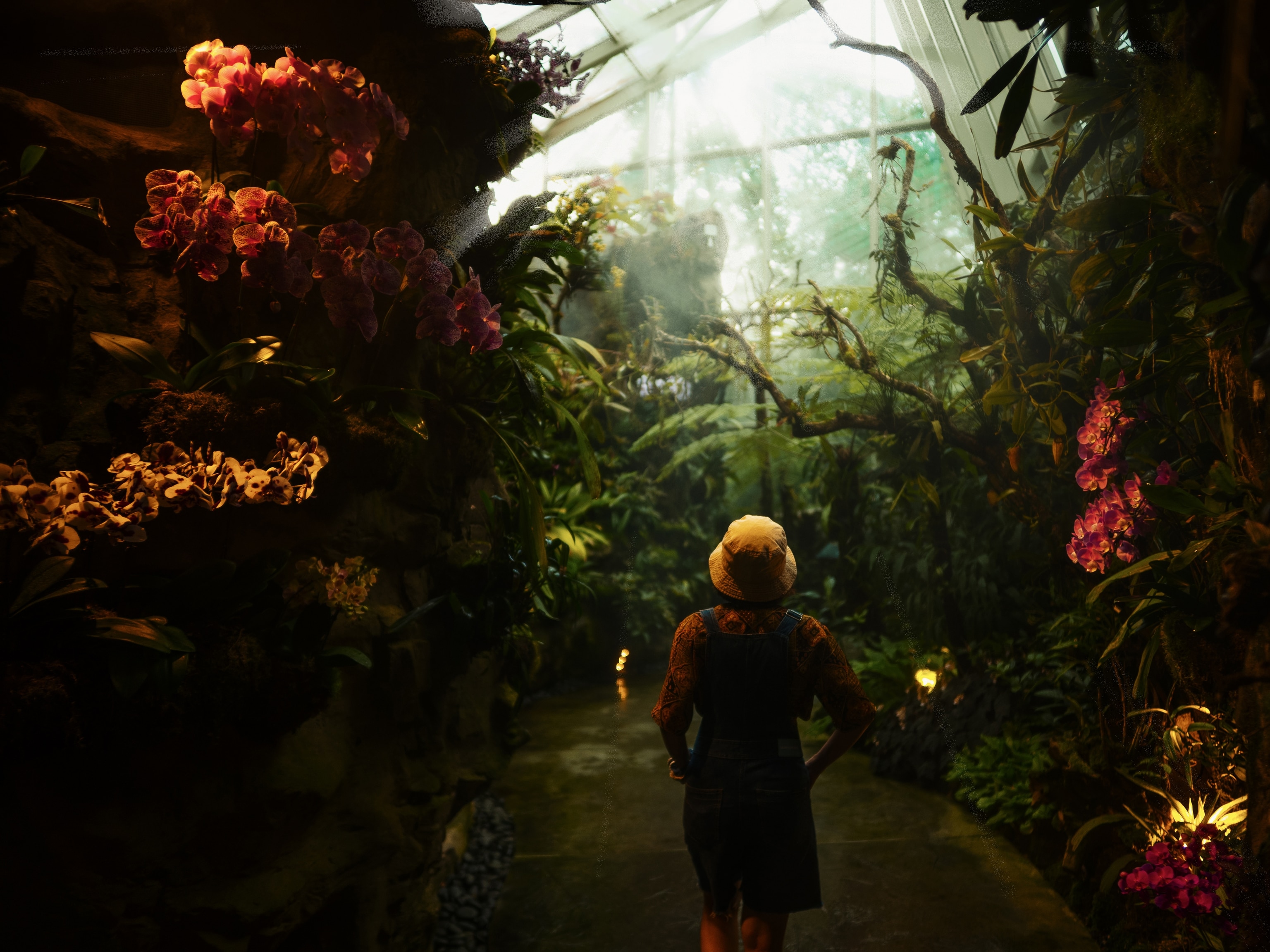From the glass-domed Esplanade theatre to the lotus-shaped ArtScience Museum to gravity-defying towers, Singapore’s iconic skyline epitomizes the country’s reputation for being Southeast Asia’s City of the Future. But Singapore is so much more than its cutting-edge innovation. Behind the glittering facade, old charms and reimagined communities are waiting to be discovered. Neighborhoods provide a window into a country’s unique history and cultural identity. In the early 19th century, Singapore’s ethnic enclaves like Chinatown, Little India, and Kampong Glam were vital in helping newly arrived immigrants settle into a foreign country. As the country’s diverse population grew, suburban towns and estates were developed away from the city centre into more rural areas. Wander into these neighborhoods and you’ll discover some of the best eateries, most pristine parks, and unusual architecture in Singapore. We’ve mapped out some of Singapore’s coolest lesser-known neighborhoods that’s primed for exploration.
Artsy districts with old-school charm
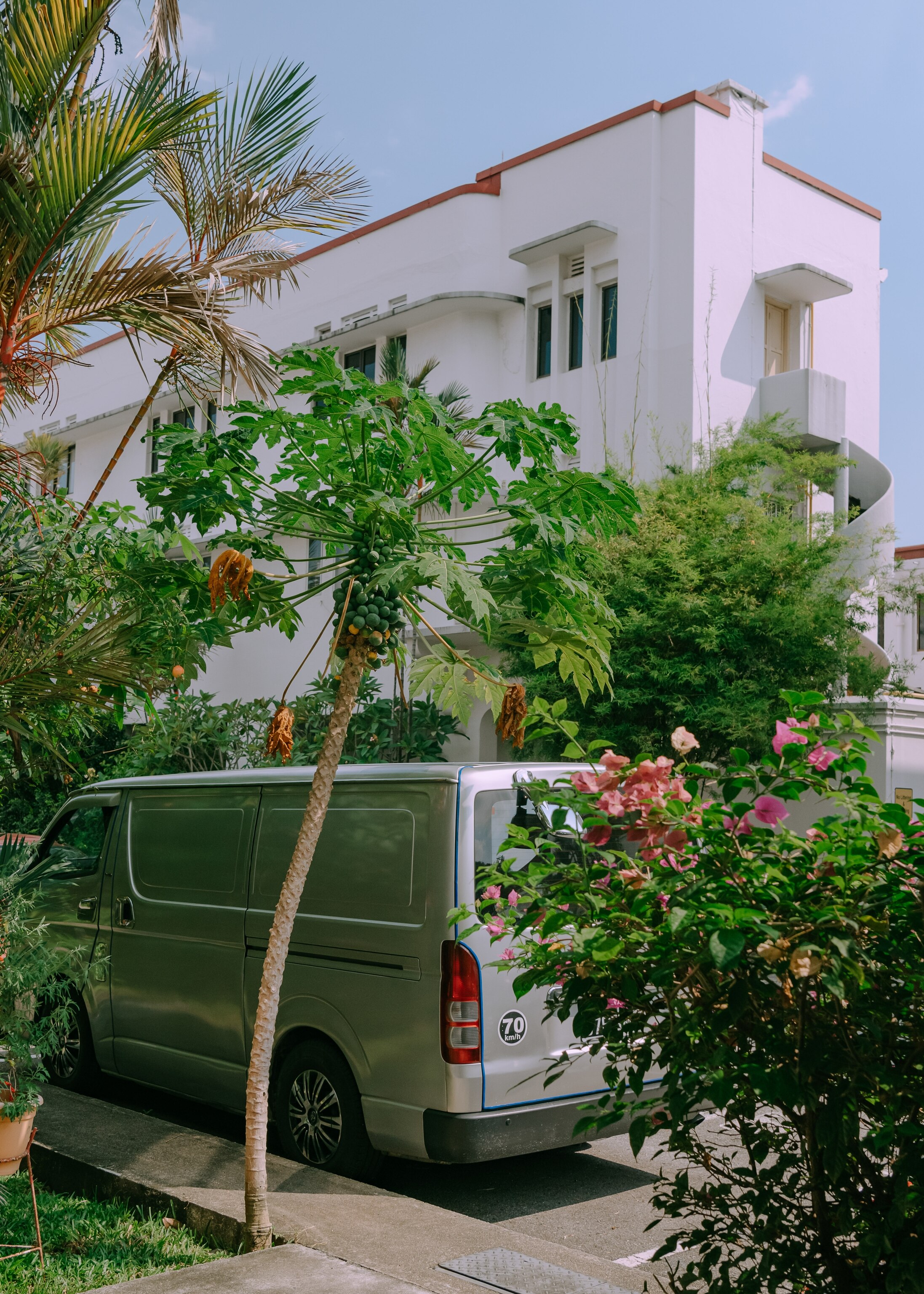
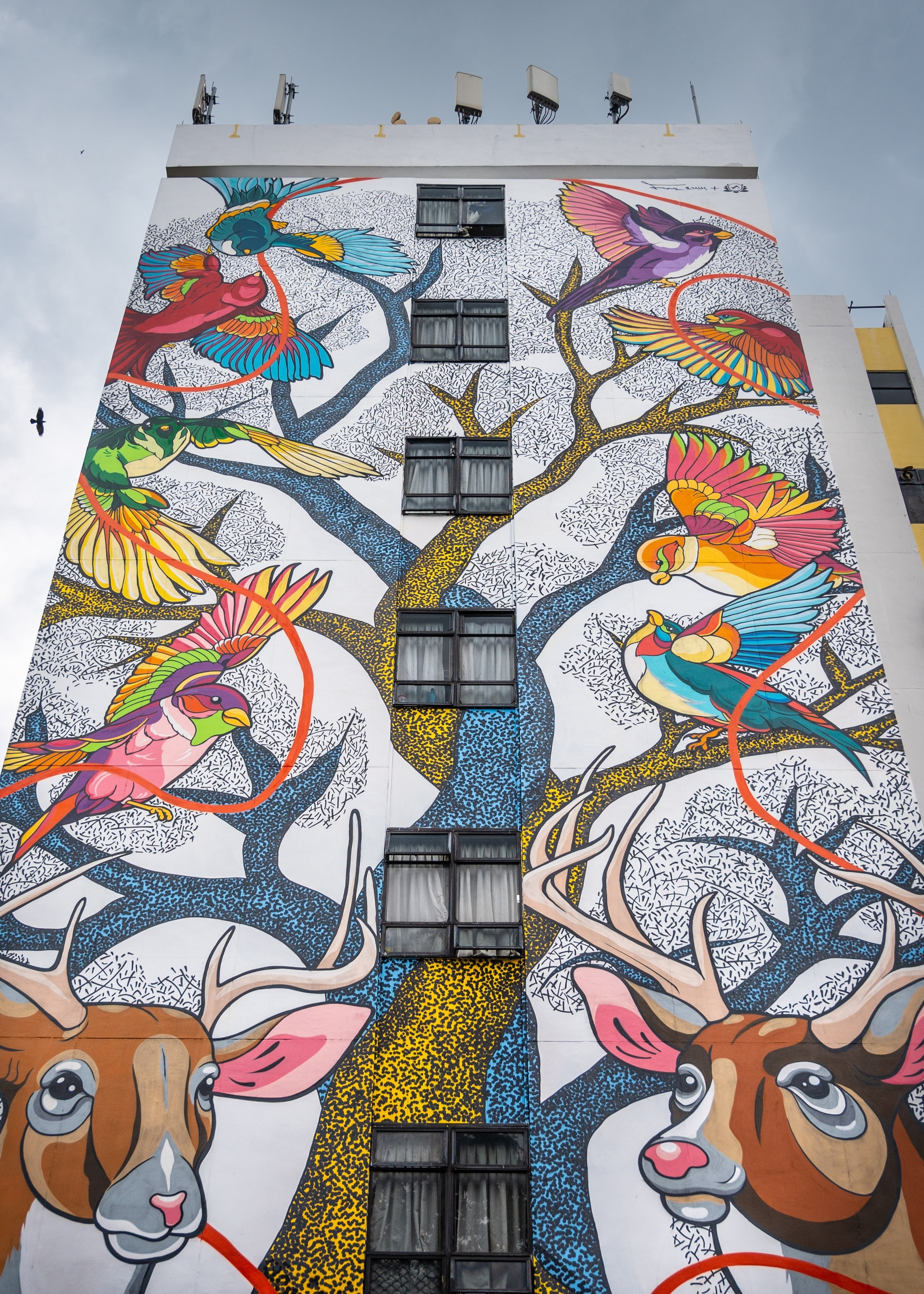
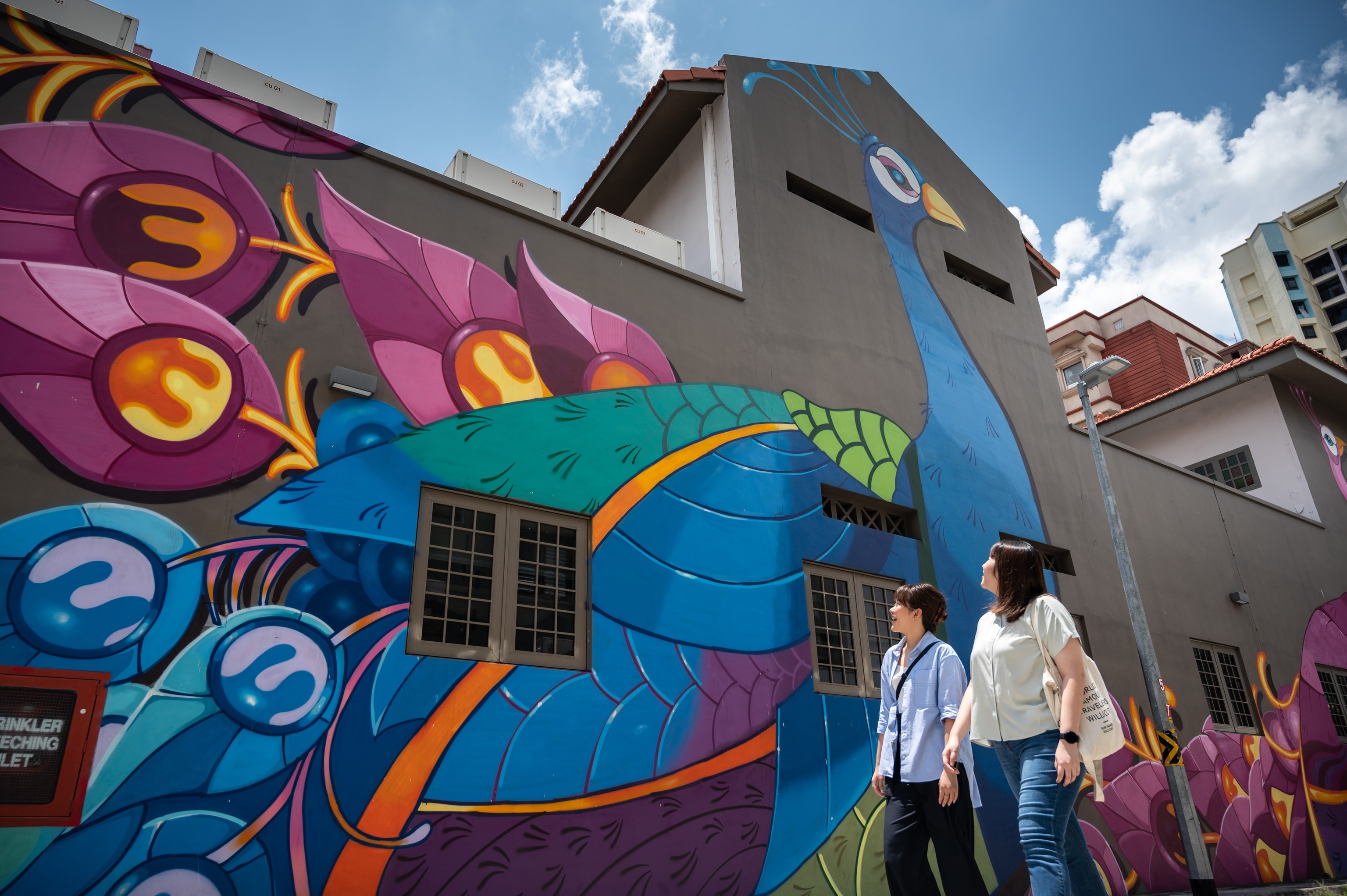
In Singapore, some of its oldest neighborhoods have taken on a thoroughly modern makeover, while still retaining its original charisma. Developed in the 1920s, Tiong Bahru residential estate has transformed in the last decade into a hot spot for youths, who come for its European-inspired cafés, art galleries, funky boutiques, and Michelin-approved eateries. Tiong Bahru is known for its iconic pre-war architecture designed by architect Alfred G. Church. Its Streamline Moderne-style buildings resemble different modes of transportation—planes, trains, ships, and automobiles—complemented with red brickwork, concrete spiral staircases, and covered verandas (known as five-foot ways). The transportation theme extends to the community playground, which features a tilted four-car train with slides and a climbing wall. A favourite weekend tradition for many locals starts with shopping for fresh produce and meat at the Tiong Bahru Market, followed by breakfast of chwee kueh (steamed rice cake topped with preserved radish) or egg noodles at the hawker centre. Then, they might pick up a beach read at one of the well-stocked indie book stores or a loaf of freshly baked sourdough from an artisan bakery, before heading home to savour their new finds. Murals peppered throughout Tiong Bahru reflect scenes of Singapore’s yesteryears, with paintings depicting street hawkers and fortune tellers.

Less than 3 miles to the east of Tiong Bahru, Little India’s historic shophouses and hotels are also enlivened by a new coat of vibrant murals that reflect the country’s multicultural influences. Due to its proximity to the river and grass, the area attracted early Indian immigrants in the 1800s who wanted to raise cattle. At the turn of the century, Chinese entrepreneurs settled in Little India to expand their rattan, cattle, rubber, and pineapple trade. It was a symbiotic relationship—rattan scraps and discarded pineapple skins from factories were used as cattle feed, while the cows pulled carts to deliver rubber sheets manufactured in smokehouses. Little India is still the place to get freshly ground spices and ornate silk saris, but it’s also dotted with cafés that serve pastries and lattes, whimsical boutique hotels, and an impressive whiskey and jazz bar.
A trip down memory lane
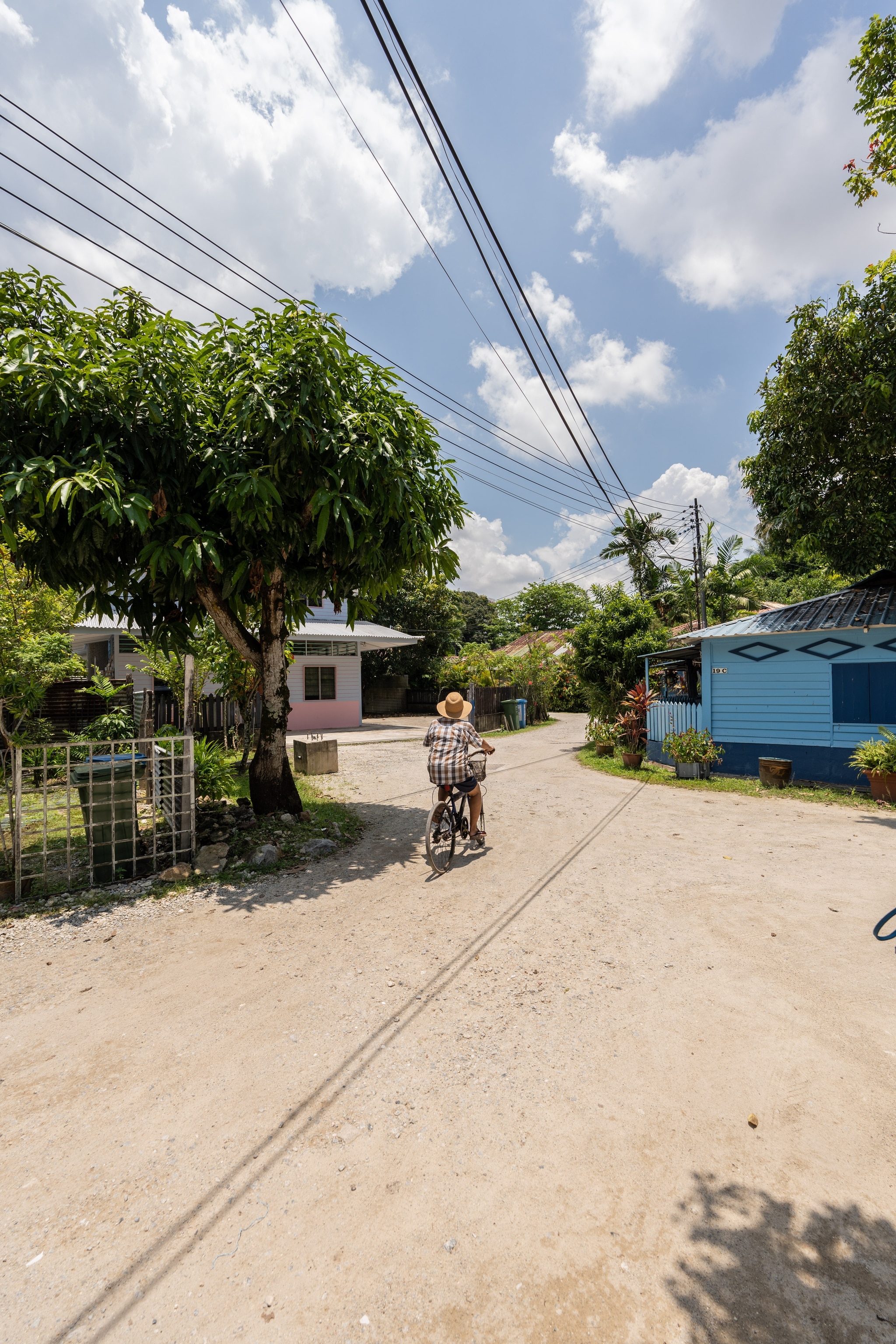
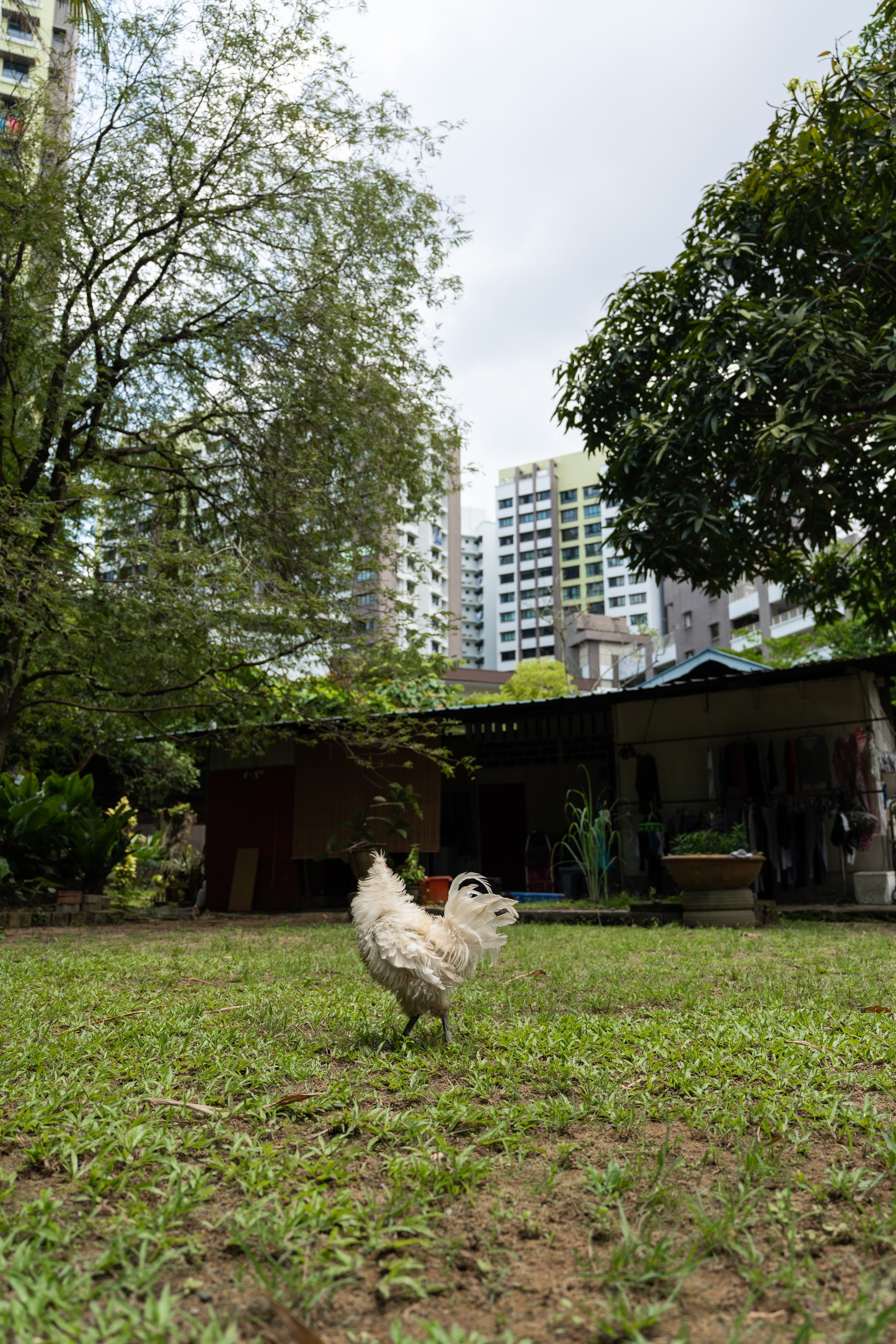
Elderly Singaporeans often wax lyrical about the simple, carefree days of living in a kampung, but many don’t realize that they can still visit a living time capsule of a bygone era. The last remaining village in Singapore, Kampong Lorong Buangkok captures an idyllic post-war life where chickens run wild and the neighbors chat under shady banana trees. Sng Mui Hong’s father purchased the property in 1956 and rented out the land to people who built homes out of wood planks and zinc roofs. At its peak, 40 families lived in the village. Sng and more than 20 families remain in the kampong, with a few of them who have opened up their homes to curious visitors who want to learn about life in the village. You can go on a self-guided tour (be respectful of the residents) or sign up for a private excursion with a local company to get an insight into what life was like before modernization.

For an alternative dose of nostalgia, head to the Kebun Baru precinct in Ang Mo Kio, a residential neighborhood located in north-east Singapore. While chickens no longer run wild in this neighborhood, you can mingle among a different kind of feathered friends in an open field at Kebun Baru Bird Corner. For the past four decades, a diverse group of songbird enthusiasts have gathered to listen to zebra doves, white-rumped shama, and red-whiskered bulbuls chirp, whistle, and twitter. At dawn, these hobbyists leave their flats and bring their songbirds housed in ornate wooden cages, which are perched on tall poles. The neighborhood comes alive with birds chitting and humans chatting, continuing a tradition that started in the 1970s, when many of these new towns were developed. Transformed in 1973 from rubber plantations to a self-sufficient town, Ang Mo Kio aimed to create a sense of community where residents of various race, ethnicity, and religion mingled with each other as they lived, played, shopped, and ate together. The best way to explore Ang Mo Kio is on two wheels, as it boasts one of the longest cycling paths in any residential town with paths that meander by old-school dragon-themed playground and through the lush parks with dramatic banyan trees.
Idyllic sea-side towns
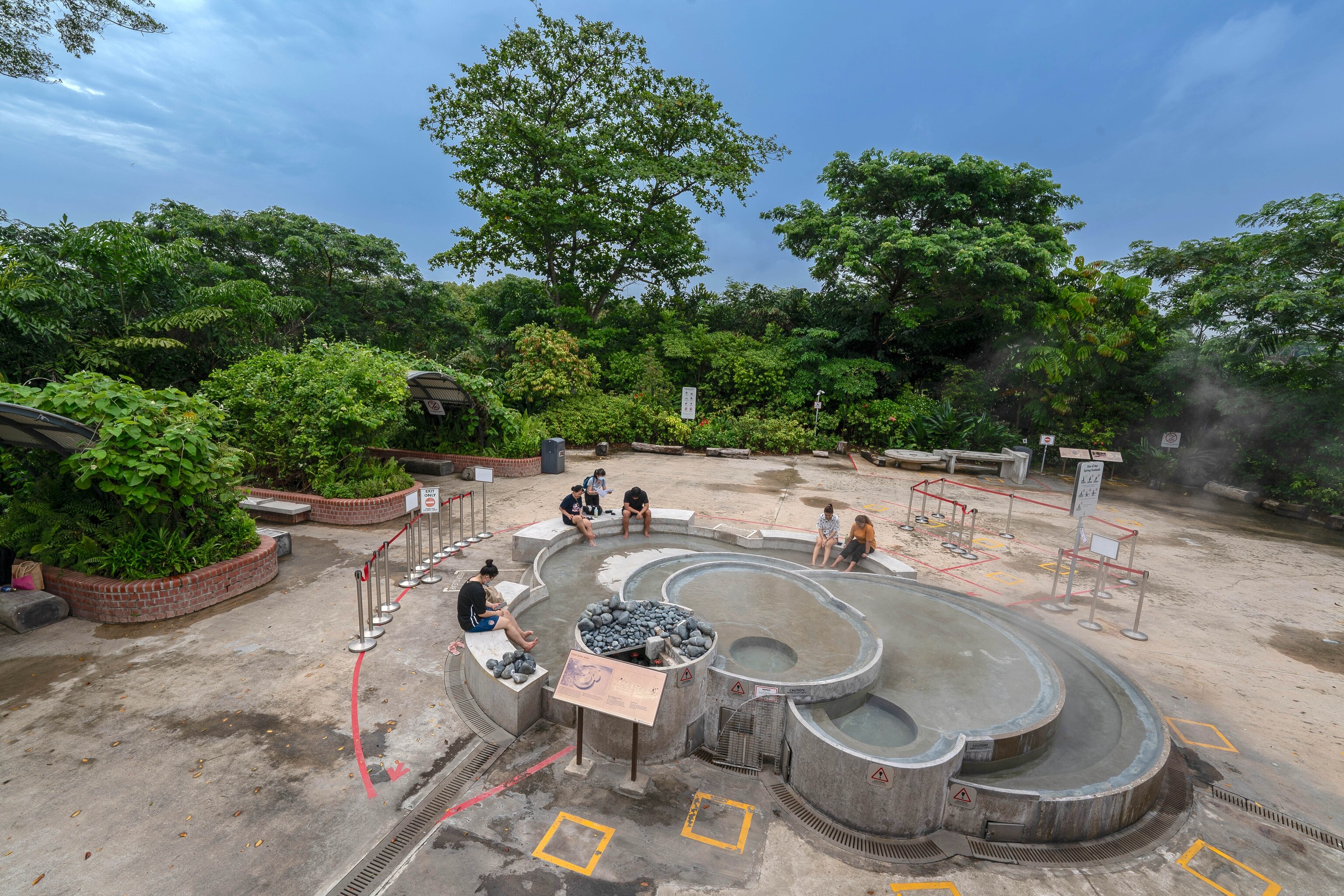
On the weekends, Singaporeans looking to spend a day at a pristine white-sand beach typically head out to Sentosa, a satellite island just south of Singapore. However, few realize that there’s a quiet stretch of beach on the northern tip of the island that boasts views of the Johor Straits. The site of a former British naval base, Sembawang is a breezy seaside neighborhood with black-and-white colonial bungalows alongside modern high rises. Sembawang is also popular among history buffs who are interested in uncovering WWII-era air raid shelters, underground bunkers, and pillboxes hidden in plain sight at and near Sembawang Park. In addition to the beach in Sembawang Park, little-known treasures abound in the neighborhood, including a natural hot spring in a former pineapple estate. After a hike through a self-guided Sembawang Heritage Trail, head to the newly renovated Sembawang Hot Spring Park to soak your tired feet in the cascading hot spring pool heated to a soothing 104 degrees Fahrenheit. Hot tip: There’s an egg cooking station where you can prepare your own healthy afternoon snack.
One of the joys of traveling is experiencing new adventures even in familiar places. Singapore is multifaceted, an amalgamation of old and new, traditional and avant-garde. For an authentic glimpse into life in Singapore, venture away from the city glitz and into these off-the-beaten-path neighborhoods, and you’ll discover a folksy, charming side of the country that’s rarely seen by tourists. Ready to reimagine your next trip to Singapore? For more inspiration on lesser-known neighborhoods, visit National Geographic’s virtual gallery to see what six regional photographers discovered during their quest to uncover the unseen side of Singapore.
.jpeg)
